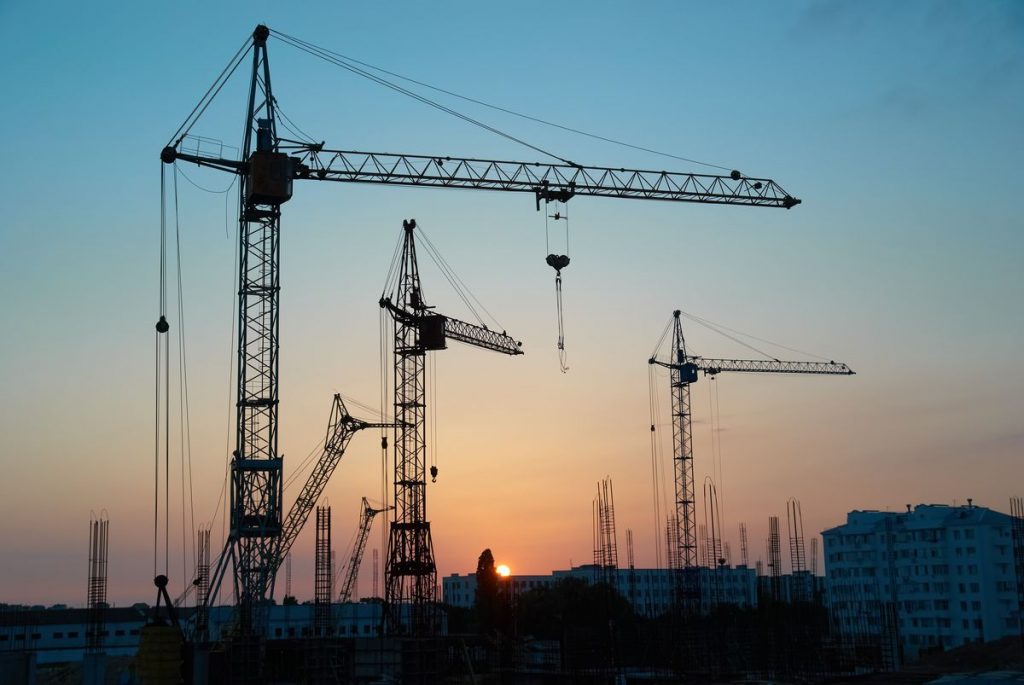
Largest Construction Projects In The World – Interesting Facts
The largest construction projects in the world represent monumental feats of engineering, innovation and collaboration. They set new benchmarks in the realms of architecture and infrastructure development.
From the awe-inspiring skyscrapers that redefine city skylines to vast transportation networks that connect distant communities, these colossal undertakings not only showcase human ingenuity but also reflect our collective ambition to push the boundaries of what is possible.
As we explore these giants of construction, we delve into the stories behind their creation, the challenges they overcame and the impact they have on societies and economies around the globe. Helping to offer a glimpse into the future of global development.
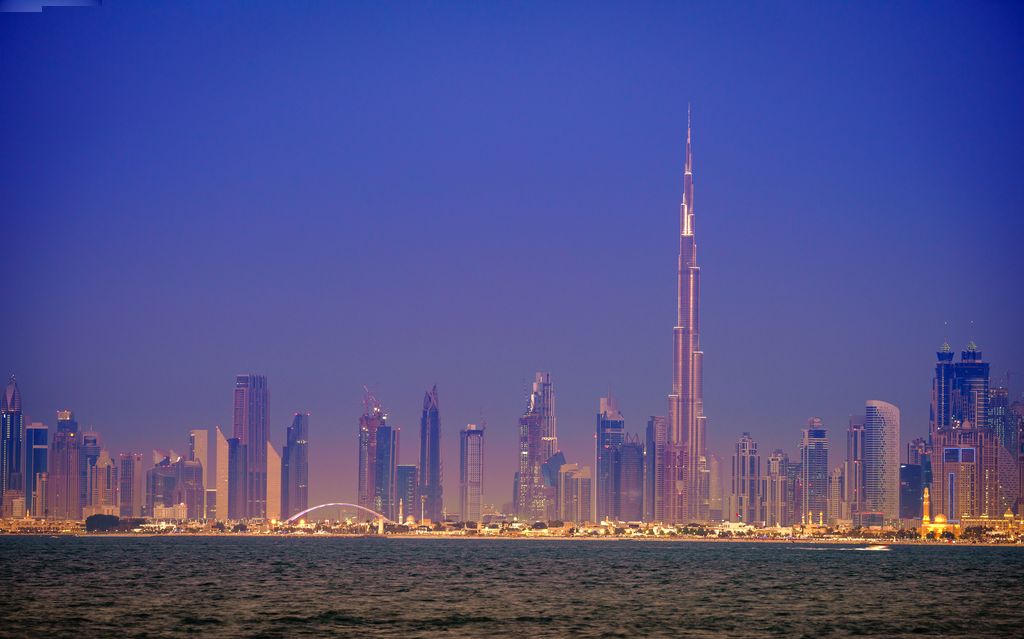
The Architectural Marvel of the Burj Khalifa
The Burj Khalifa stands as a marvel of architectural and engineering excellence, reaching an awe-inspiring height of 828 metres.
Completed in 2010 with an investment of $1.5 billion, this iconic tower, located in Dubai, is a credit to human ambition and construction ingenuity.
Its design takes inspiration from the Hymenocallisor SpiderLily and seamlessly blends aesthetic elegance with the structural integrity needed for such a towering structure.
The construction of the Burj Khalifa, the tallest structure in the world, was characterised by rigorous planning and precise execution, capturing the world’s attention as it stretched skyward.
The tower’s slender silhouette and its seamless fusion with the Dubai landscape showcase a forward-thinking design philosophy, making it more than just a high-rise.
Discover how IFC Regulations for Dubai Construction projects are changing the landscape in 2024.

Revolutionising Space with the International Space Station
The International Space Station (ISS), a marvel of modern science and a testament to international collaboration, orbits Earth as a symbol of unity in space exploration.
This floating laboratory, pieced together in orbit since 1998, represents the pooled genius of multiple space agencies, including NASA, Roscosmos, ESA, JAXA and CSA.
The ISS serves as a beacon of technological advancement, where astronauts and scientists from around the world come together to conduct experiments that would be impossible under the tyranny of Earth’s gravity.
From breakthroughs in medical research to advancements in renewable energy and materials science, the ISS has been pivotal in pushing the boundaries of our scientific knowledge.
Its continuous habitation since November 2000 showcases the station’s operational success, making it not just a laboratory in space but also a home. Where astronauts live and work, contributing to a legacy of science and exploration that transcends earthly borders.

Transforming Transportation with California's High-Speed Rail Line
California’s high-speed rail project, a monumental venture in the United States, aims to redefine intercity travel by connecting San Francisco and Los Angeles.
Construction on the project began in the Central Valley in 2015. Currently, 171 miles (275 km) of the route are at various stages of completion.
This ambitious railway project is one of the largest construction projects in North America. Promising to significantly reduce travel times between these bustling cities, transforming a several-hour journey into a mere matter of minutes.
With an estimated total cost that places it among the most expensive construction projects in transportation history, the project underscores a commitment to innovation and sustainable development.
The purpose extends beyond mere speed. It’s about bringing together major cities, enhancing economic ties and promoting eco-friendly travel alternatives.
The benefits are clear: decreased road congestion, reduced carbon emissions and a new era of convenience for millions. Yet, the project navigates complex challenges, from escalating costs to the intricate logistics of spanning California’s diverse landscapes.
Upon completion, the California high-speed rail project is set to dramatically slash travel times, turning the current 6-hour drive between San Francisco and Los Angeles into a swift, approximately 2.5-hour journey by rail.
This transformative project promises not only to connect major cities like San Diego and Los Angeles more efficiently but also to redefine the concept of distance in the Golden State, making day trips between these cities a convenient reality.
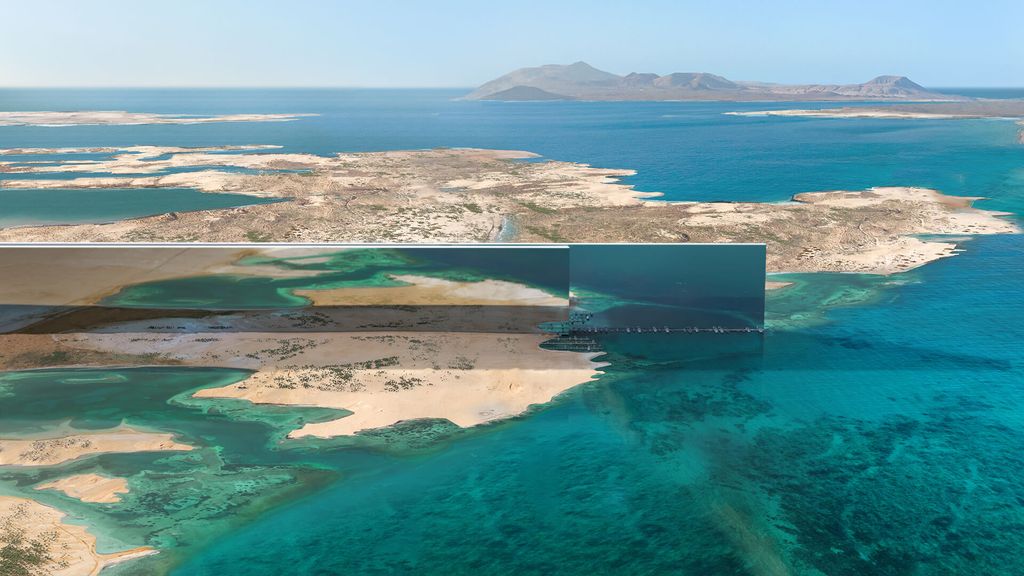
Saudi Arabia's Ambitious NEOM City Project - The Line
NEOM City, known as “The Line”, emerges from Saudi Arabia’s vision and epitomises the fusion of futuristic innovation with sustainability. Leading the way in the world’s largest construction projects list, the creative vision behind this project really is something!
With an ambitious blueprint that stretches over 26,500 square kilometres and a price tag of $500 billion, this incredible construction project is poised to be more than a mega-city.
Plans highlight the city will be powered entirely by renewable energy, setting a new benchmark for sustainable urban life.
This bold venture, part of the Kingdom’s Vision 2030, carries an estimated cost that places it among the globe’s most grandiose projects.
NEOM’s commitment to green energy, leveraging solar and wind power, underscores its pledge to eco-friendly development, aiming to operate in complete harmony with nature.
The city’s design includes cutting-edge health and sport facilities, sports venues and science attractions, integrated within residential and commercial hubs.
Advanced transportation networks, including high-speed rail lines, are planned to minimise environmental impact.

The Expansion of Al Maktoum International Airport - Dubai World Central
Al Maktoum International Airport, Dubai’s ambitious skyward venture, is undergoing an expansion that’s nothing short of epic.
Known for its grandeur, Dubai is taking things up a notch with the airport’s second expansion phase, setting the stage for an aviation revolution.
This colossal project, with a scale that mirrors the city’s lavish ambitions, is not just about adding more gates or lounges, it’s about redefining what airports can be.
The expansion is designed to accommodate the giants of the skies, the wide-body aircraft, effectively doubling, if not tripling, the airport’s plane capacity.
With project values that soar as high as the aircraft it aims to host, the financial figures involved are staggering, running into billions of dollars.
This investment reflects Dubai’s vision to cement its status as a global aviation hub, ensuring that Al Maktoum International can handle the future’s air traffic demands with ease and efficiency.
Upon completion, this expansion will not just enhance Dubai’s connectivity but also set new global standards for airport design, capacity and passenger experience.
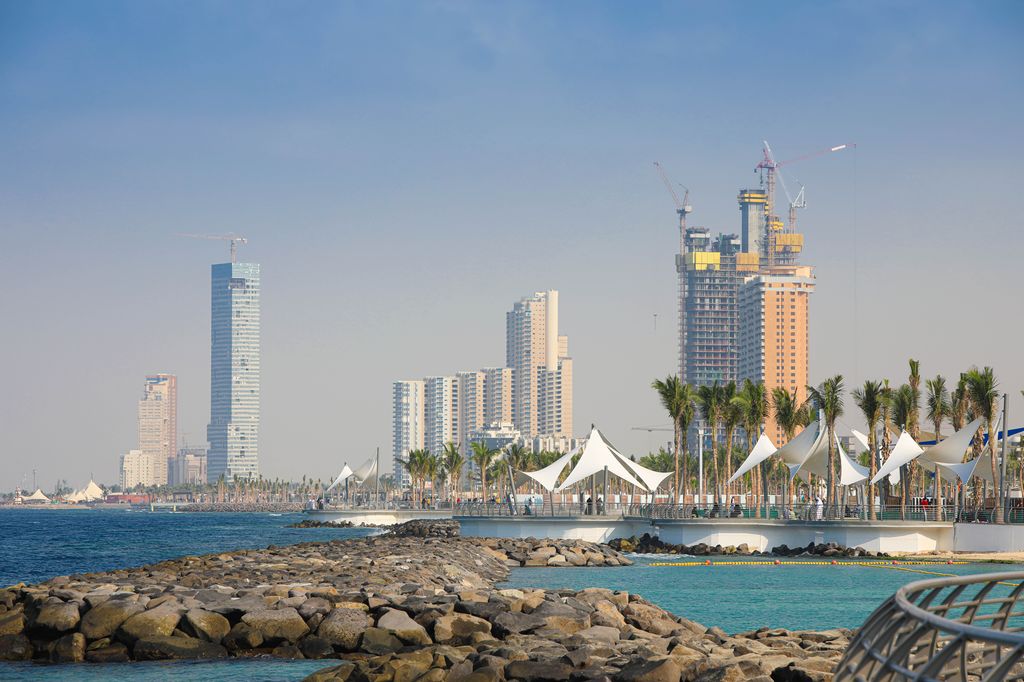
Aspiring to Reach New Heights With The Jeddah Tower
Jeddah Tower, originally known as Kingdom Tower, was initiated in 2013 in Saudi Arabia and is on track to become the world’s tallest building, with plans to exceed 1,000 meters in height, surpassing the Burj Khalifa.
This project represents a significant engineering and architectural challenge, aiming to set a new benchmark in the construction of super-tall structures.
The design and construction of Jeddah Tower incorporate cutting-edge technology and innovative architectural methods to achieve its unprecedented height and functionality.
The completion date has been adjusted several times from the initial target of 2020, reflecting the complex nature of such a monumental construction effort.
Financially, the project is substantial, with estimated costs surpassing $1 billion.
This investment covers not only the structural and architectural aspects but also the integration of advanced sustainability features and luxury amenities, positioning Jeddah Tower as a multifunctional skyscraper.
Upon completion, Jeddah Tower is expected to significantly impact the region, contributing to Saudi Arabia’s urban development and enhancing its profile in the global architectural and construction sectors.

The Great Man-Made River Project - An Engineering Feat
The Great Man-Made River Project, initiated by Libya, stands as one of the most ambitious water supply projects ever conceived.
Its primary aim is to tap into the vast aquifers such as the underground nubian sandstone aquifer system, beneath the Sahara Desert and transport billions of cubic meters of water to the country’s northern regions, where the majority of the population resides.
Spanning thousands of kilometres of underground pipes, the world’s largest irrigation project is designed to deliver over 6 million cubic metres of water daily, addressing the critical water scarcity in one of the world’s largest deserts.
The scale of the project is unprecedented, involving hundreds of wells, a network of pipes and extensive infrastructure to pump and distribute the water across vast distances.
The cost of the Great Man-Made River Project is substantial, with constructions costs estimates running into tens of billions of dollars since its inception in the 1980s.
Despite its high cost, the project’s significance in providing a sustainable water source to Libya’s arid regions cannot be overstated.
While the project has faced challenges, including delays and damage from conflicts, its completion phases have markedly improved water access, transforming arid lands into arable regions and significantly impacting Libya’s agricultural and social landscape.

The South-North Water Transfer Project - Quenching China's Thirst
The South-North Water Transfer Project in China, finally started in 2002, is designed to alleviate water scarcity in the country’s northern regions by diverting water from the Yangtze River in the south.
This extensive project, one of the largest of its kind globally, includes thousands of miles of tunnels and canals to transport water across vast distances and is due to be complete in 2050.
Comprising of three main routes, eastern, central and western, the project navigates China’s diverse geographical and environmental landscapes.
The construction involves sophisticated engineering techniques and significant infrastructure development, reflecting the project’s complexity and scale.
With costs exceeding tens of billions of dollars, the financial investment in the South-North Water Transfer Project is substantial, aiming to secure water for over 100 million people, support agriculture and foster economic growth in arid regions in the North of China.
Despite its benefits, the project faces several challenges, including environmental concerns and the displacement of communities due to construction.
The project’s engineering and logistical challenges are significant, requiring advanced water management technologies to ensure the successful transfer of water from China’s water-rich south to its arid north.
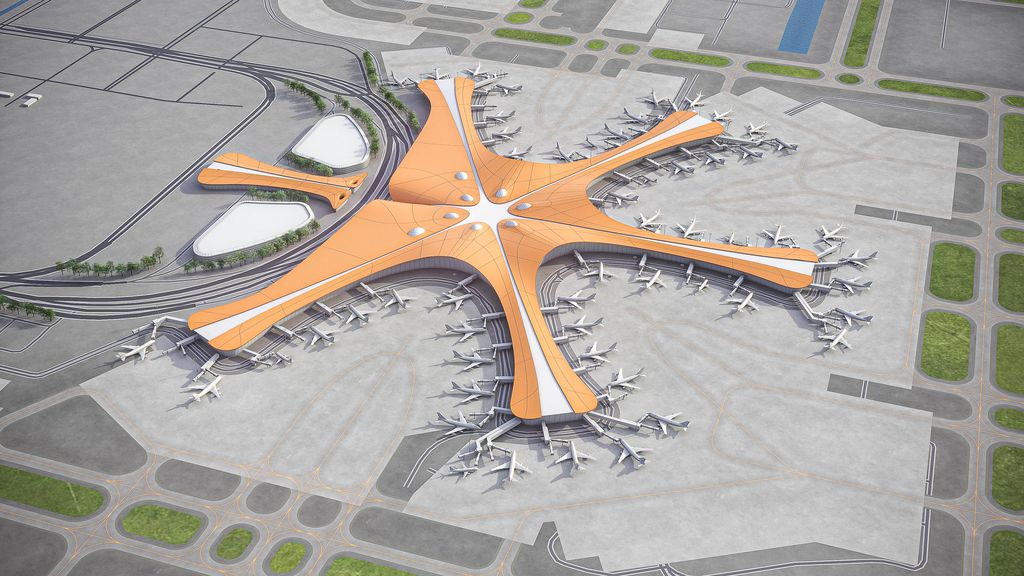
Flying High At Beijing's International Airport
Beijing’s Daxing International Airport, completed in 2019 at a cost of approximately $17 billion, is a hallmark of China’s infrastructure prowess.
Designed by the renowned architect Zaha Hadid, the airport’s starfish-shaped terminal is not only an architectural marvel but also one of the largest of its kind, enhancing operational efficiency and passenger experience.
This state-of-the-art facility was developed to ease congestion at Beijing’s other airports and strengthen the city’s connectivity globally.
Daxing stands as a pivotal aviation hub, designed to handle over 100 million passengers annually, helping to bolster economic growth, tourism and international trade.
The involvement of Zaha Hadid Architects brought a unique aesthetic and functional design to the airport, emphasising fluidity and the future of travel.
The benefits of Daxing International extend beyond its immediate economic contributions, showcasing China’s commitment to innovation and its burgeoning role in global aviation.
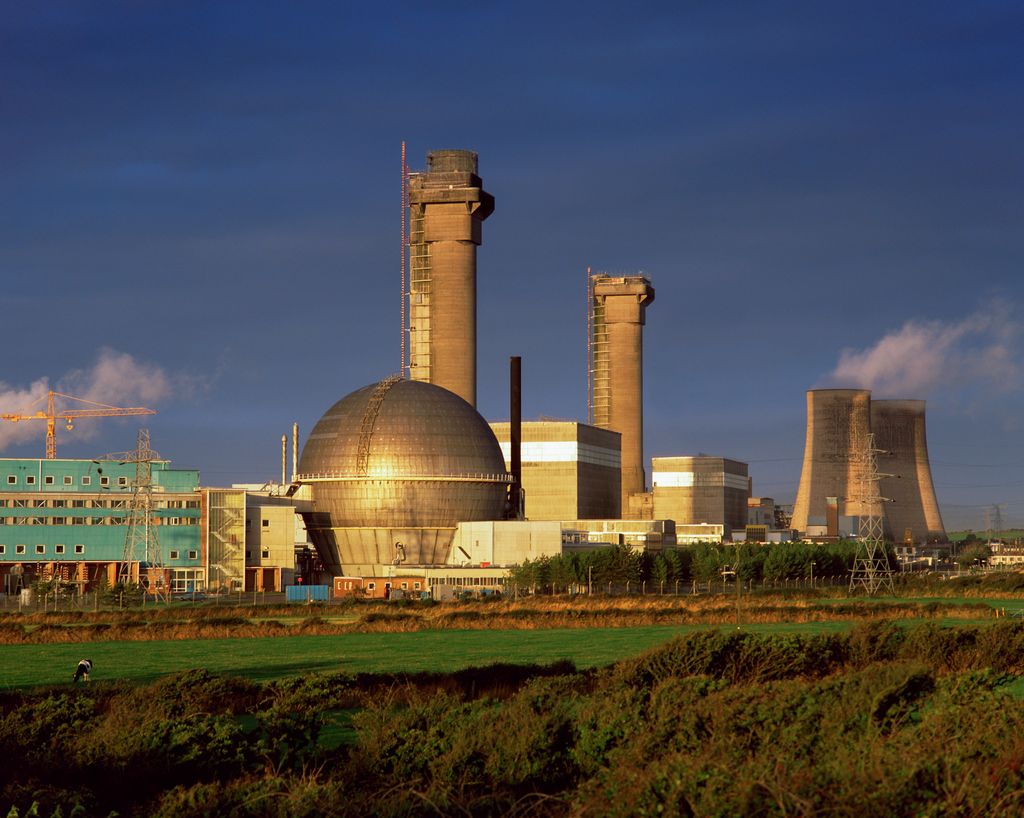
Sellafield's Huge Nuclear Reclamation Project
Sellafield’s nuclear reclamation project is a significant undertaking in the global construction landscape, focusing on the decommissioning and cleanup of a complex nuclear site.
This extensive project involves dismantling outdated nuclear facilities, managing waste and remediating contaminated areas, positioning it among the most challenging and crucial construction efforts worldwide.
The project’s scale and complexity necessitate advanced engineering solutions and strict safety measures, comparable to constructing large industrial complexes or extensive infrastructure projects like high-speed rail lines.
With costs running into billions, the financial magnitude of Sellafield’s cleanup is comparable to major construction projects, underscoring its importance beyond mere monetary value.
This reclamation effort is pivotal for environmental restoration and nuclear safety, setting a precedent for managing nuclear legacies.
Upon completion, Sellafield is expected to serve as a global benchmark for nuclear decommissioning.
Demonstrating how former industrial sites can be safely transformed and reclaimed, contributing significantly to long-term environmental sustainability.
Find out how REBIM® has helped in this project, by taking a look at our nuclear decommissioning at Sellafield case study. In the article, we explore how BIM was successfully used in the operations and maintenance phase.
How The Largest Construction Projects In The World Shape The Future
The vast construction initiatives featured above, from the soaring Burj Khalifa to the forward-thinking Neom City and the groundbreaking California high-speed rail, highlight the critical impact of large-scale projects on the evolution of our global environment.
These ventures, ranging from the complex systems of Beijing’s Daxing International Airport to the ecological ingenuity of the Great Man-Made River Project, demonstrate the peak of human aspiration and the power of collective effort.
Incorporating cutting-edge technology, eco-friendly methods and cross-border collaboration, these projects not only push the boundaries of infrastructure and technological advancement but also significantly improve living conditions in the world’s largest cities and driest landscapes.
Looking ahead, the experiences gained from the construction challenges, the obstacles overcome and the breakthroughs achieved in these initiatives will serve as valuable blueprints for future mega projects.
This will help to continually expand the limits of engineering, architectural design and sustainable development.